Construction of ESA’s ambitious LISA mission begins
Today, the European Space Agency (ESA) and OHB System AG sealed their agreement to build ESA’s Laser Interferometer Space Antenna, LISA. A bold scientific enterprise, the triple-spacecraft mission will be the first space-based observatory to study gravitational waves: ripples in spacetime caused by the most powerful events in the Universe, such as pairs of supermassive black holes colliding and merging.
The signature event took place at the International Paris Air Show, in France, and officially kicks off the industrial development of the mission. In collaboration with the LISA team, OHB will now finalise the spacecraft design and begin its construction.
“We are immensely proud that ESA and the scientific community entrust us to implement this groundbreaking science mission. Together with our partners we stand ready to bring LISA to life – pioneering our ability to ‘surf gravitational waves’ and enabling us to see our Universe in a new way,’ says Chiara Pedersoli, CEO of OHB System AG.
“I’m delighted to celebrate the contract signing today with our partners at OHB who will lead on the implementation of this truly ambitious endeavour. LISA represents many years of pioneering technology developments, hope and belief of our scientific community, and steadfast support from our ESA member states. As the first space mission designed to capture gravitational waves, LISA will open a brand-new window on the dark Universe and test the known laws of physics to their extreme,” adds Prof. Carole Mundell, ESA’s Director of Science.
“When it is flying, LISA will also represent the triumph of precision engineering and international cooperation on a new scale, and place Europe at the forefront of space technology and fundamental science.”
LISA is a large-class mission to detect elusive ripples in spacetime. From its vantage point in space, LISA will capture gravitational waves of lower frequencies than is possible from Earth, uncovering events of a different scale – all the way back to the dawn of time.
This will enable scientists to trace how massive black holes merge and grow across cosmic ages, explore the fundamental nature of gravity, and study the rate at which the Universe expands.
In our own galaxy, LISA will give us new insights into the formation and evolution of tens of thousands of compact binary star systems, and advance our understanding of stellar-origin black holes.
A constellation of three spacecraft
To achieve this feat, LISA is designed to be a constellation of three spacecraft. They will fly in a triangular formation, trailing Earth in its orbit around the Sun. Each side of the equilateral triangle will span 2.5 million km, more than six times the Earth-Moon distance.
Flying a trio of spacecraft over such large distances has never been attempted before. And as if that were not difficult enough, the spacecraft will exchange laser beams with each other over their vast separation.
The launch of the three spacecraft is planned for 2035, on an Ariane 6 rocket.
Each spacecraft carries a pair of solid gold-platinum cubes, so-called test masses (slightly smaller than Rubik’s cubes), free-floating in special housings. Gravitational waves will cause tiny changes in the distances between the golden cubes in the different spacecraft.
To capture the spacetime ripples, the mission will track these tiny shifts using the uniquely sensitive yardstick of laser interferometry – hence the mission’s name Laser Interferometer Space Antenna.
This technique requires shooting laser beams from one spacecraft to the other and then superimposing their signal to determine changes in the masses’ distances down to a few billionths of a millimetre, or shifts of less than the diameter of a helium atom, over a distance of 2.5 million km.
International partnership
Led by ESA, the LISA mission is a collaboration between ESA, its member states, NASA, and an international consortium of scientists (the LISA consortium).
The spacecraft is being built and assembled by the industrial core team led by OHB together with Thales Alenia Space.
Key hardware elements procured by ESA’s member states include the free-falling test masses shielded from external forces, provided by Italy and Switzerland; the picometre-accuracy systems to detect the interferometric signal, provided by Germany, the UK, France, the Netherlands, Belgium, Denmark and the Czech Republic; and the Science Diagnostics Subsystem (an arsenal of sensors across the spacecraft), provided by Spain.
About the European Space Agency
The European Space Agency (ESA) provides Europe’s gateway to space.
ESA is an intergovernmental organisation, created in 1975, with the mission to shape the development of Europe’s space capability and ensure that investment in space delivers benefits to the citizens of Europe and the world.
ESA has 23 Member States: Austria, Belgium, the Czech Republic, Denmark, Estonia, Finland, France, Germany, Greece, Hungary, Ireland, Italy, Luxembourg, the Netherlands, Norway, Poland, Portugal, Romania, Slovenia, Spain, Sweden, Switzerland and the United Kingdom. Latvia, Lithuania and Slovakia are Associate Members.
ESA has established formal cooperation with four other Member States of the EU. Canada takes part in some ESA programmes under a Cooperation Agreement.
By coordinating the financial and intellectual resources of its members, ESA can undertake programmes and activities far beyond the scope of any single European country. It is working in particular with the EU on implementing the Galileo and Copernicus programmes as well as with Eumetsat for the development of meteorological missions.
Learn more about ESA at www.esa.int
Source : ESA




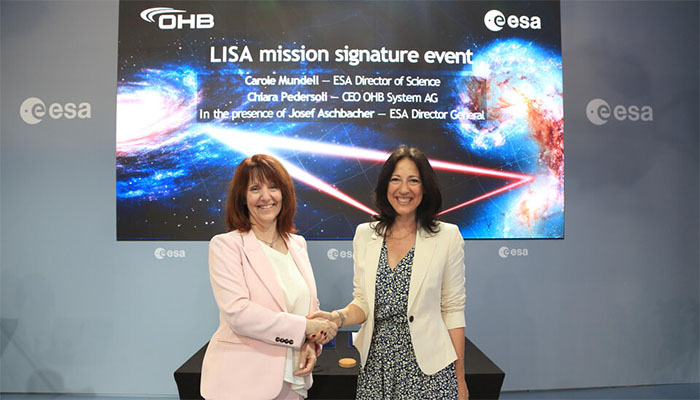
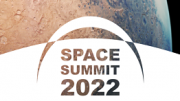
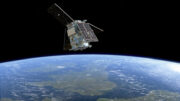
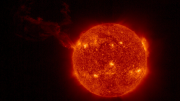
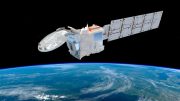
Be the first to comment on "Construction of ESA"